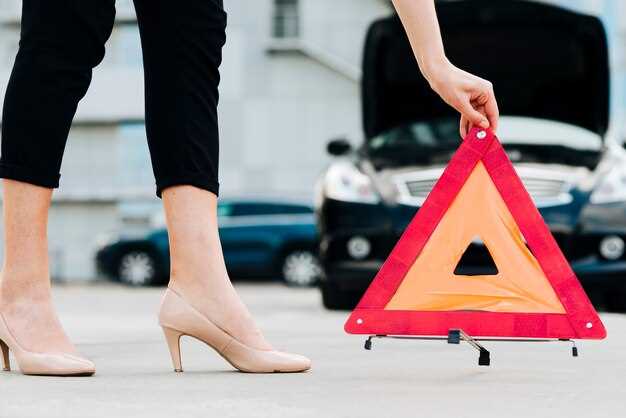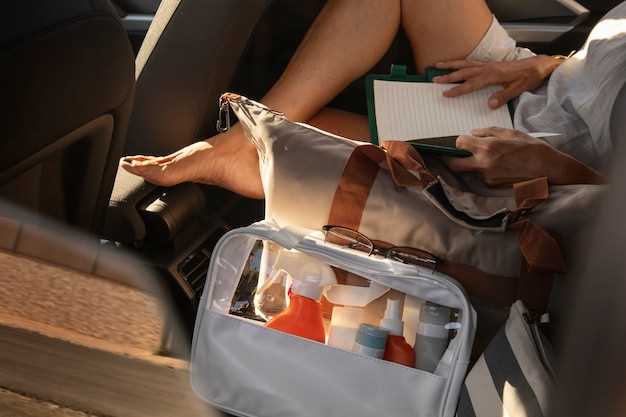
What to include in a car emergency kit

When it comes to road safety, being prepared for unexpected situations is crucial. A well-stocked emergency kit in your car can make all the difference in a crisis. Whether you encounter a flat tire, run out of gas, or face more serious incidents like an accident or poor weather conditions, having the right tools and supplies on hand is essential for ensuring your safety and well-being.
Your emergency kit should be tailored to meet your specific needs and the climate of your area. Including items that address common roadside issues is paramount. However, it’s also wise to think ahead and prepare for less frequent but potentially serious emergencies. Regardless of your driving habits, certain items are universally recognized as must-haves for any car emergency kit.
From basic tools to first aid supplies, understanding what to include in your kit can help you navigate through emergencies more effectively. In this article, we will explore the essential components of a car emergency kit that every driver should have, ensuring you are ready for anything the road may throw your way.
Top Tools for Quick Vehicle Repairs

Having a well-stocked emergency kit in your car can make all the difference when faced with unexpected issues. Among the essential items, a few specific tools stand out for their effectiveness in handling quick vehicle repairs.
1. Multipurpose Tool: A quality multipurpose tool can replace several individual tools. Look for one that includes pliers, screwdrivers, and a knife. This compact solution allows for rapid fixes on various components, from tightening loose screws to cutting stubborn straps.
2. Tire Repair Kit: A tire repair kit is crucial for dealing with punctured tires on the road. It typically contains tire plugs, a reamer tool, and a plug insertion tool. Quick tire repairs can get you back on your way without waiting for roadside assistance.
3. Jumper Cables: Dead batteries are common, and having a set of jumper cables is an essential part of your emergency kit. Ensure your cables are long enough to reach another vehicle, and familiarize yourself with the correct jump-starting procedure for safe and effective use.
4. Socket Set: A comprehensive socket set will help you tackle various mechanical issues, from changing spark plugs to removing bolts. Look for a set that includes both metric and standard sizes to accommodate different vehicles.
5. Duct Tape: While it may seem like a simple solution, duct tape is incredibly versatile. It can temporarily repair hoses, secure loose parts, and even patch up minor leaks, making it an invaluable tool in your emergency kit.
6. Flashlight: When dealing with repairs at night or in low-light conditions, a reliable flashlight is vital. Opt for a durable, bright flashlight with a long battery life to help you see what you’re working on during an emergency.
By ensuring your car emergency kit includes these top tools, you can feel more confident in your ability to handle minor repairs on the road, leading to a safer and more enjoyable driving experience.
First Aid Supplies Everyone Should Include
Having a well-stocked first aid kit in your car is essential for ensuring safety in case of emergencies. Below are the crucial supplies that should be included in your kit:
Adhesive Bandages: These are vital for covering small cuts and scrapes. They help protect wounds from infection while promoting healing.
Gauze Pads and Adhesive Tape: For larger injuries, sterile gauze pads and tape are necessary to dress wounds effectively and control bleeding.
Antiseptic Wipes: Cleanliness is key. Antiseptic wipes are important for disinfecting cuts and abrasions, reducing the risk of infection.
Antibiotic Ointment: After cleaning a wound, applying antibiotic ointment can prevent infections and promote faster healing.
Medical Gloves: Wearing disposable gloves protects both the injured person and the caregiver from potential infections during treatment.
Burn Cream or Gel: In the event of minor burns, having burn cream can relieve pain and aid in healing.
Triangular Bandages: These versatile bandages can be used for slings, securing dressings, and even for securing splints.
Pain Relievers: Including over-the-counter pain relievers, such as Ibuprofen or Acetaminophen, can help manage pain until further medical attention is available.
Emergency Blanket: A compact emergency blanket can provide warmth in shock situations, preventing hypothermia.
CPR Mask: Having a CPR mask in your kit provides a barrier for safe mouth-to-mouth resuscitation in case of emergencies.
First Aid Manual: A basic first aid manual can guide you through providing care during emergencies, especially if you are unsure of the procedures.
By including these essential first aid supplies in your car emergency kit, you enhance your safety and preparedness for any unexpected situations.
Emergency Food and Water Essentials

When preparing your car emergency kit, including food and water essentials is crucial. In situations where you may be stranded or unable to access immediate help, having reliable nourishment can make a significant difference.
First and foremost, water is a priority. It is recommended to carry at least one gallon of water per person per day for at least three days. Opt for sealed, durable containers to prevent leaks and contamination. Consider adding water purification tablets or a small filtration device to ensure safe drinking water in case your supply runs low.
For food, choose non-perishable items that have a long shelf life and require minimal preparation. Energy bars, dried fruits, nuts, and jerky are excellent options since they provide necessary calories and nutrients. Additionally, include a few ready-to-eat meals, such as MREs (Meals Ready to Eat), which are specifically designed for emergency situations.
Ensure that all food items are stored in airtight, waterproof bags or containers to maintain freshness and prevent spoilage. Check the expiration dates regularly and rotate supplies to always keep them current.
By equipping your car emergency kit with these food and water essentials, you’ll be prepared to face unforeseen circumstances with the necessary resources to sustain yourself until help arrives.